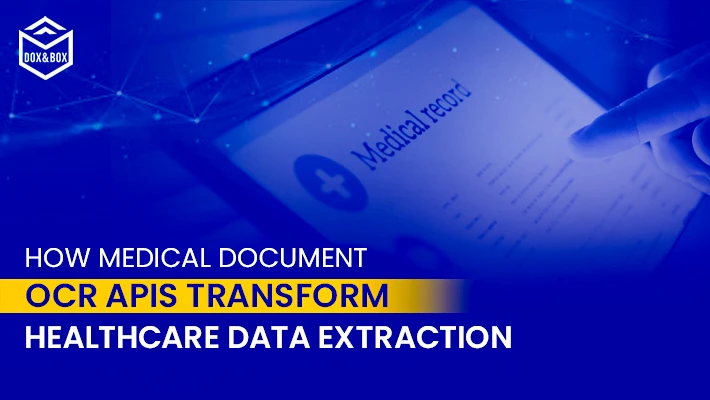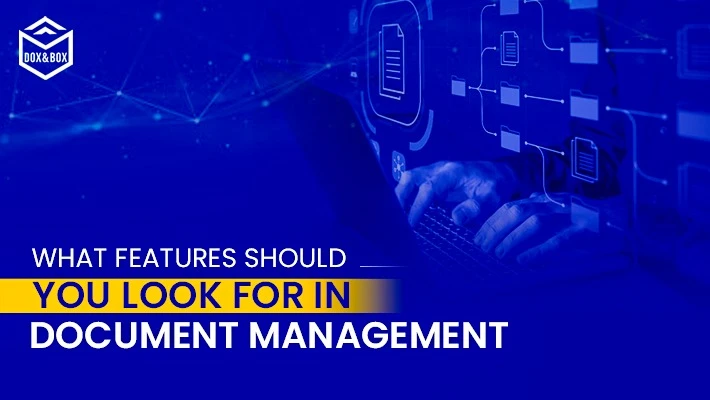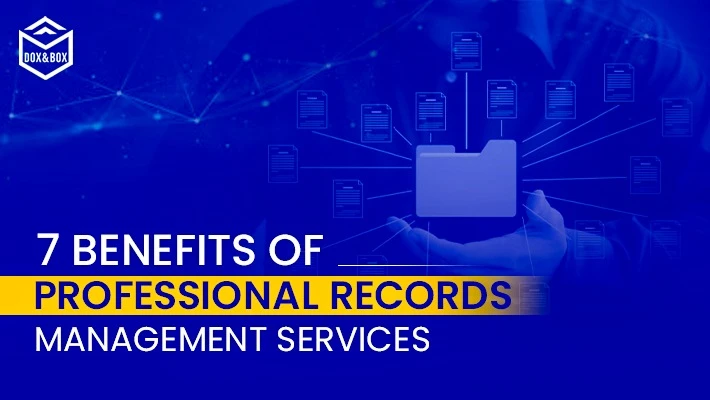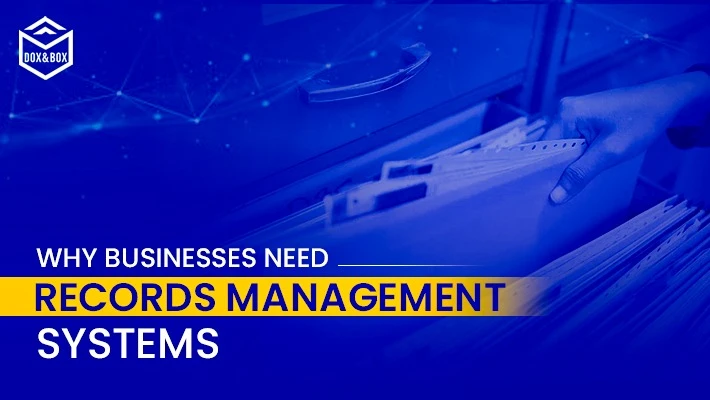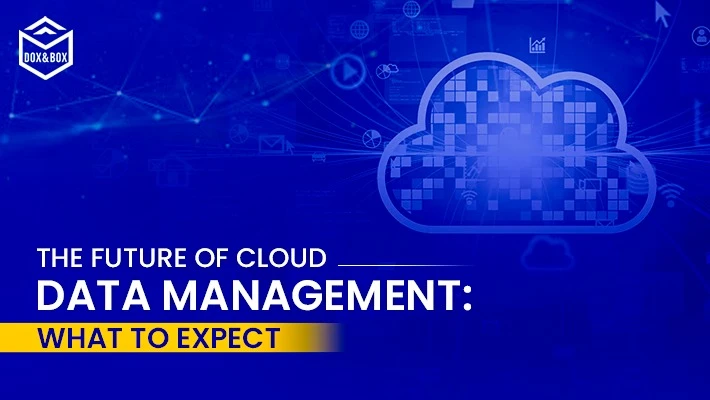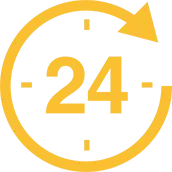Oct 24, 2025
Look, if you work in healthcare, you know the struggle is real. You're drowning in paper. Patient charts, old records, insurance forms—it’s an avalanche. Every day, highly trained staff members are stuck doing the world's most boring, error-prone job: typing information from a piece of paper into a computer screen.
It's slow. It's expensive. And honestly? It’s a huge waste of time when those folks should be helping patients.
But what if there was a way to just zap that paper, and have all the right data pop up perfectly in your digital system? Good news: there is. It's called a medical document ocr api, and it's the game-changer you've been waiting for.
The Paper Problem: Why Healthcare is So Slow
Think about your day. A new patient hands you a stack of records from their previous doctor. What happens next? Someone has to manually go through that stack. They have to find the name, the date of birth, the list of medications, the last blood pressure reading, and type it all into the Electronic Health Record (EHR).
It’s not just slow; it’s risky. Everyone makes mistakes. One wrong number typed, and suddenly you’ve got a bad billing code or a misfiled record. When you’re dealing with people's health, even small errors can be a really big deal. We need a better way to handle this massive flow of information.
Cutting Through the Jargon: What is an OCR Solution API?
Let’s break down the tech talk.
OCR means Optical Character Recognition. In simple terms, it's software that lets a computer read text from a picture, like a scanned document. It’s been around for a while.
The API part (Application Programming Interface) is just a way for one piece of software (like your clinic’s EHR system) to talk to another piece of software (the OCR tool) over the internet.
So, a generalized OCR solution API can read a generic document, like a book page. But healthcare documents? They're tough. They have messy handwritten notes, charts, codes, and weird layouts. That’s where the "medical document" part comes in.
Why a Medical Document OCR API Needs to Be Specialized
You can’t just use any old OCR tool for patient data. A specialized medical document OCR API is crucial because it’s been specifically trained on millions of medical documents.
It’s smart enough to know:
- "BP: 120/80" means Blood Pressure, not just random numbers.
- That messy doctor’s scribble that looks like "Advil" is actually "Advil."
- Where to find the ICD-10 code (the billing code) even if the document format is different.
This deep knowledge means the data you get back is incredibly accurate. It’s not just reading the letters; it’s understanding the context of a medical form. This precision is what makes the whole process reliable and safe for patient care. It's the difference between a decent scan and truly structured, usable data. We're talking about a significant upgrade in how you handle information.
Real-World Wins: How an API OCR Changes Your Daily Work
The best part about using a specialized API OCR is how it transforms several parts of your practice, making life easier for everyone.
1. Zero-Friction Patient Check-In
Forget having new patients spend 30 minutes filling out forms. When a new patient hands over their old records, you simply scan them. The medical document OCR API immediately pulls out their name, address, insurance details, and medical history. Your staff just does a quick check, not a full data entry marathon. This saves time and makes patients happier right away.
2. Supercharging Claims and Billing
Insurance forms are a nightmare of codes and boxes. Submitting claims often involves moving data from a clinical note to a billing form. A document OCR API automates this transfer. It reads the service provided, links it to the right procedural code, and gets the claim ready. This means fewer errors, fewer denied claims, and faster payments. Your revenue cycle speeds up dramatically.
3. Quick Access to Critical Info
A doctor needs to find out when a patient had their last tetanus shot. Digging through paper charts is a pain. With the data extracted by the document OCR API, everything is digital and searchable within your EHR. The doctor can find that single data point instantly. This faster access to information leads to better, quicker decisions in the exam room.
4. Making All Your Data Work for You
A lot of valuable information is currently trapped in old, dusty file cabinets. This data is useless to you now. By running those old records through the medical document OCR API, you turn dead paper into live, actionable data. You can then use it for internal audits, quality reporting, and spotting trends in patient health.
The Future is Fast and Easy
For Dox and Box, leaning into this technology means leaving the old, slow methods behind. Integrating a medical document OCR API is the simplest way to get your staff out of the typing pool and back into meaningful patient interaction. It’s about building a healthcare system that is not only more efficient but fundamentally safer and more accurate. This powerful shift, fueled by a reliable ocr solution api, is here to make healthcare better, one document at a time. Stop fighting the paper and let the tech do the heavy lifting!
